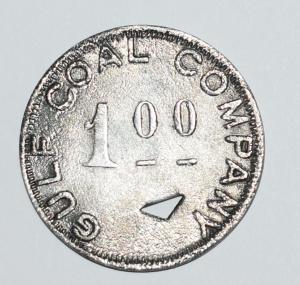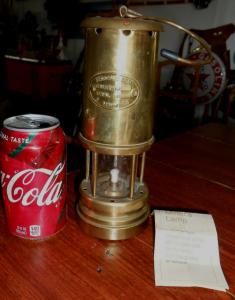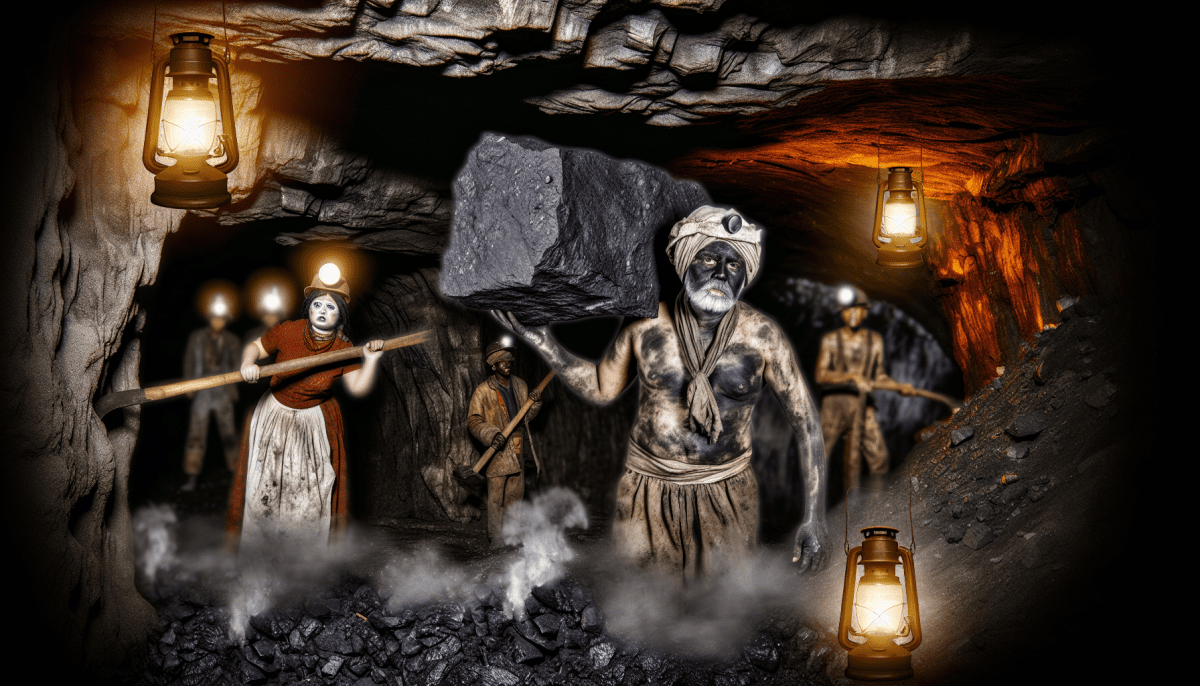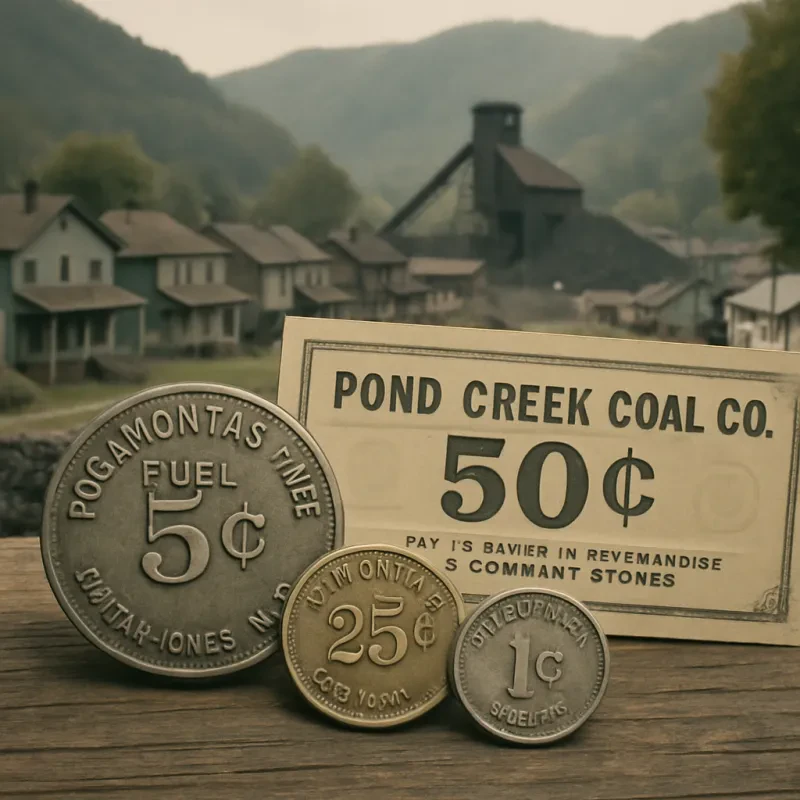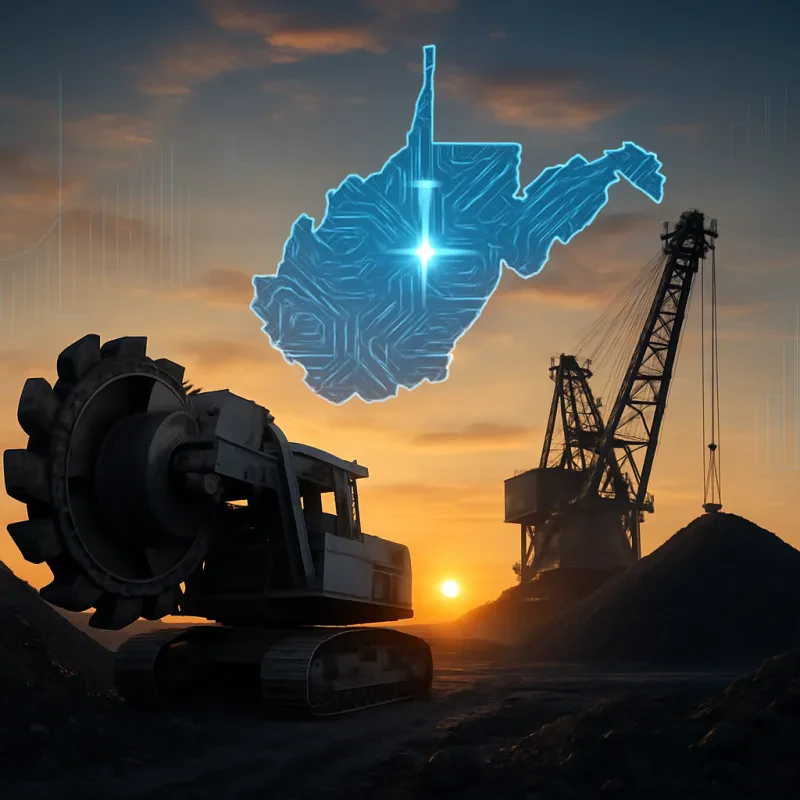Coal Mining in the 1800s: An In-Depth Look at the Industry's Evolution and Miner's Life
Coal mining in the 19th century was a pivotal industry that fueled the United States' industrial revolution. This article delves deep into the specifics of coal mining during the 1800s, exploring where mining activities were concentrated, the typical workday and wages of a coal miner, and the living conditions that surrounded this challenging profession.
Due to the high demand for coal as a source of energy and raw material, coal mining became a widespread practice in various regions across the country. Some of the major coal mining areas during this period included Pennsylvania, West Virginia, Kentucky, and Illinois.
Coal miners in the 1800s worked long and grueling hours underground, often facing dangerous conditions such as cave-ins, explosions, and poor ventilation. The work was physically demanding and required strength, endurance, and skill to navigate through narrow tunnels while extracting coal from the earth.
Despite the risks involved, coal miners were typically paid low wages for their labor. Many miners were immigrants or individuals from lower socioeconomic backgrounds who had few other job opportunities available to them. As a result, they often endured harsh working conditions in exchange for meager pay.
In addition to challenging work environments, coal miners also faced difficult living conditions. Many lived in company-owned housing near the mines that was often overcrowded and lacked basic amenities. Families struggled to make ends meet on limited incomes while dealing with health issues related to their exposure to coal dust.
Overall, coal mining in the 1800s played a crucial role in shaping America's industrial landscape but came at a significant human cost for those working in the industry. Their resilience and sacrifices laid the foundation for modern advancements while highlighting the importance of improving worker rights and safety standards within mining operations.
The Heart of Coal Mining in the 1800s
Key Coal Mining Regions in the United States
During the 1800s, coal mining regions in the United States expanded significantly as the demand for coal surged. Notably, the Appalachian Mountains, stretching from Pennsylvania through Ohio, West Virginia, Kentucky, and parts of Tennessee, were rich in bituminous coal. Pennsylvania, in particular, became a major coal-producing area due to its large anthracite deposits, transforming cities like Scranton and Wilkes-Barre into booming coal communities.
Apart from Appalachia, the Illinois Basin also emerged as a significant coal mining area. Covering parts of Illinois, Indiana, and western Kentucky, this region contributed substantially to the coal production with its abundant bituminous reserves. By the late 1800s, the rise of railroads facilitated deeper mining operations and broader coal distribution networks, marking a significant development in coal mining techniques and reach.
Additionally, the Powder River Basin in Wyoming became a key player in coal production during the 20th century. With vast reserves of sub-bituminous coal, this region saw a surge in mining activity and established itself as one of the largest coal-producing areas in the United States. The development of advanced mining technologies further boosted efficiency and productivity in extracting coal from these diverse geological formations across different regions of the country. This evolution marked a pivotal moment in the history of American coal mining, shaping not only local economies but also influencing national energy policies and industrial growth.
Daily Grind: The Life of a 19th Century Coal Miner
A Typical Workday in the Coal Mines
The workday of a coal miner in the 1800s was long, arduous, and perilous. Miners often worked 10 to 12-hour shifts, starting early in the morning and ending in the late evening. The work involved extracting coal with hand tools like picks and shovels, and manually loading it into carts. The lack of modern safety equipment meant that miners faced constant threats from collapsing mine shafts, explosive gas encounters, and respiratory diseases due to coal dust inhalation.
Miners in the 19th century toiled in harsh conditions deep underground, often in cramped and poorly ventilated spaces. The risk of cave-ins was constant, with the ever-present danger of mine shafts collapsing on them. Explosive gases such as methane could also accumulate in the mines, leading to deadly explosions if not properly managed. Additionally, inhaling coal dust over time could lead to serious respiratory illnesses such as black lung disease.
Despite these hazards, miners continued their work day after day to support themselves and their families. Their labor played a crucial role in powering industrial growth during this era as coal was a primary source of energy for factories, transportation, and heating.
Overall, the life of a 19th-century coal miner was grueling and dangerous but essential for driving economic progress at that time.
Wages and Economic Conditions
Wages in the coal mines varied but were generally low considering the risks involved. Pay depended largely on the region, the miner's role, and the type of coal mined. Piecework payment systems were common, where miners were paid per ton of coal mined rather than receiving a fixed salary. This often led to fluctuating incomes, heavily dependent on both the miner's stamina and the mine’s daily conditions.
Miners also faced harsh economic conditions due to the boom-and-bust nature of the coal mining industry. Fluctuations in demand for coal, competition among miners, and the changing market prices could all impact a miner's income. During times of economic downturn or when coal prices fell, miners might face layoffs or reduced hours, further exacerbating their financial struggles. Additionally, many miners lived in company-owned housing and shopped at company stores where prices were often inflated, leaving them little opportunity to save money or improve their standard of living.
Despite these challenges, coal mining provided employment for thousands of individuals and played a pivotal role in powering industrialization during the 19th century. Miners formed tight-knit communities around the mines, developing their own cultures and traditions while facing shared hardships and dangers underground. The work was physically demanding, mentally taxing, and often dangerous due to cave-ins, explosions, toxic gases,
Housing and the Use of Coal Mining Scrip
Living Conditions for Coal Miners
Housing for coal miners during the 1800s was typically provided by the mining companies. These homes, often situated near the mines, were usually basic and crowded. Known as "company towns," these areas were built to house workers and their families, providing essential amenities like stores and schools. However, the quality of life in these towns was generally poor, with limited access to healthcare and sanitation facilities.
The Role of Coal Mining Scrip
In many mining communities, the use of coal mining scrip became prevalent. Scrip was a form of credit issued by the mining companies, redeemable only at company-owned stores. This system often tied miners and their families to the company economically. Prices at company stores were typically higher than in outside markets, further complicating the financial stability of miners. The use of scrip limited miners’ freedom to manage their finances and contributed to a cycle of debt and dependency on the mining companies.
This further exacerbated the already challenging working conditions and low wages that miners faced. By restricting access to fair wages and forcing workers to rely on company-controlled stores, coal mining scrip perpetuated a system of exploitation and poverty in many mining towns. The practice of using scrip also prevented miners from purchasing goods from independent merchants or accessing better deals elsewhere, trapping them in a cycle of economic oppression. Overall, the role of coal mining scrip underscored the power dynamics at play in the mining industry and highlighted the urgent need for worker protection and regulation to ensure fair treatment and living conditions for all individuals involved in these hazardous occupations.
The Legacy of 1800s Coal Mining
The coal mining industry of the 1800s played a crucial role in shaping the economic landscape of the United States. Despite the harsh conditions and challenges faced by miners, their contributions laid the groundwork for modern energy production and labor reforms. Understanding the historical context of coal mining during this era provides valuable insights into the resilience and tenacity of the workers who powered a nation through one of its most transformative periods.
This period of industrial growth and development was marked by labor struggles, worker exploitation, and the rise of labor unions fighting for better rights and conditions. The Legacy of 1800s Coal Mining serves as a reminder of the sacrifices made by these early workers and the importance of continuous improvement in workplace safety standards and regulations. By honoring their legacy and learning from their experiences, we can strive to create a safer and more equitable work environment for all individuals involved in hazardous occupations today.

